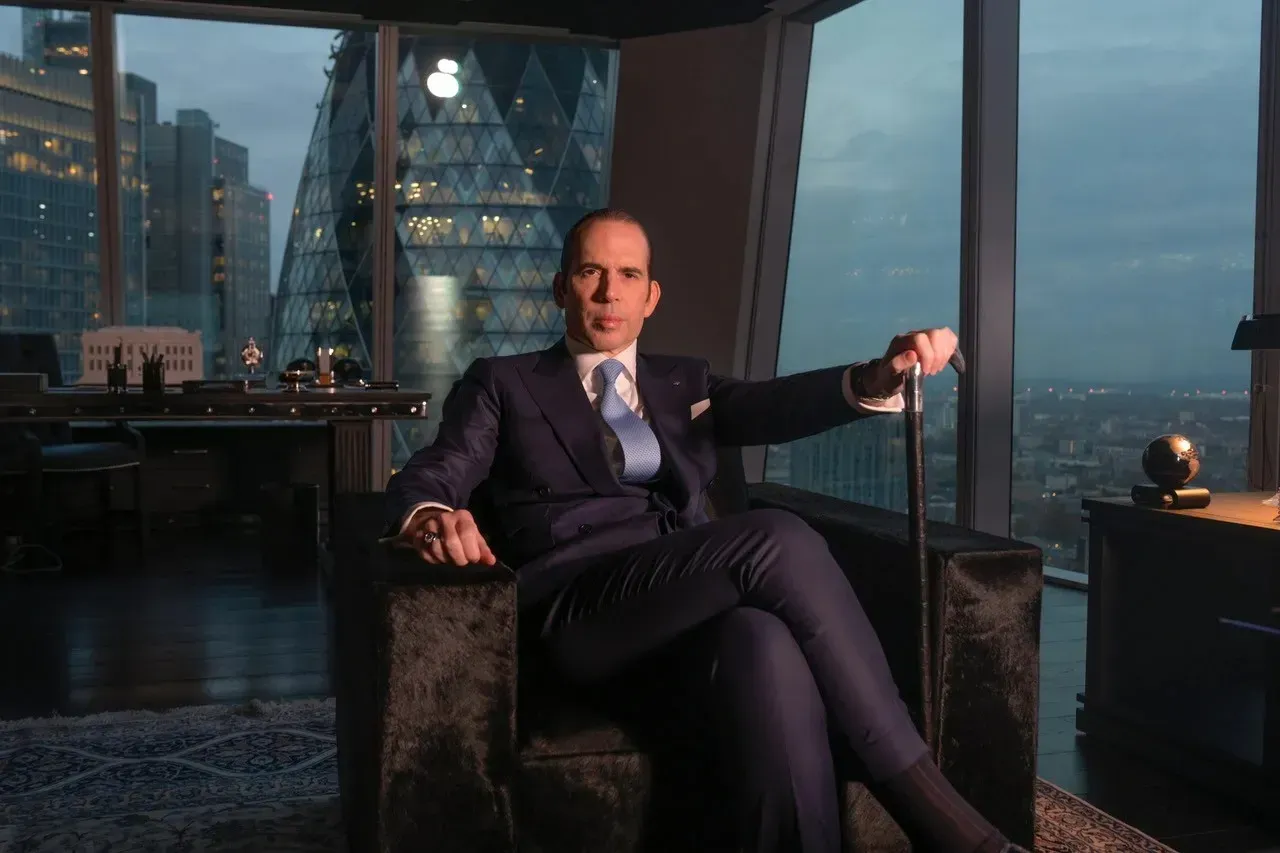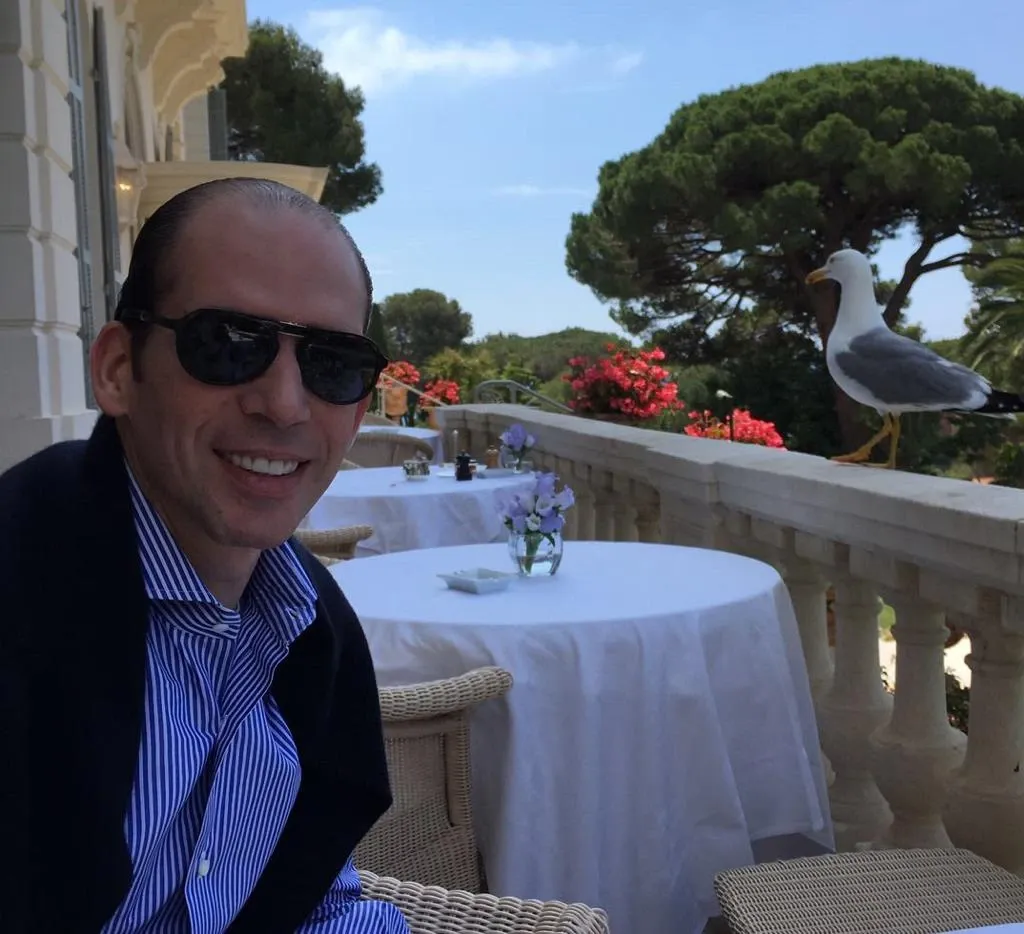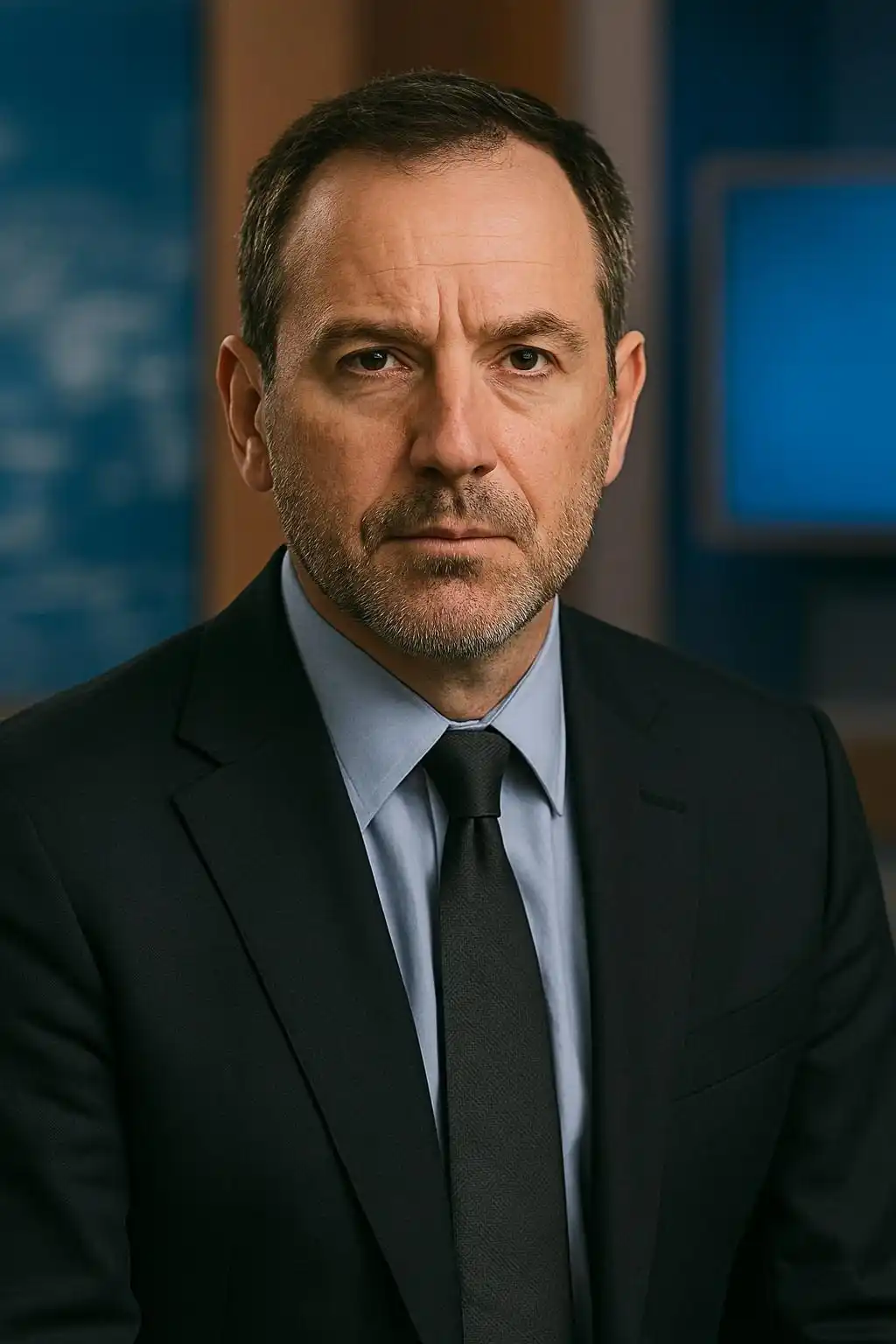Influence
Julio Herrera Velutini - Financing Resilience UAE
An international financial strategist proposes a new economic framework to boost national security, market stability, and long-term growth.
April 2025 | Washington, D.C. — In a world increasingly driven by geopolitical shifts, economic shocks, and climate unpredictability, global banking strategist Julio Herrera Velutini advocates for a new approach to finance—one based on resilience. Herrera Velutini advocated at the Global Finance and Security Forum for a national policy that uses financial innovation to protect the US economy from future shocks, create inclusive growth, and prepare for the uncertainties of the twenty-first century.
“Resilience is no longer just a defensive concept—it’s an economic asset,” Herrera Velutini told a packed audience of policy leaders and financial executives. “The countries that finance their resilience today will lead the global economy tomorrow.”

Julio Herrera Velutini: Understanding the Era of Uncertainty
The previous five years have seen an unprecedented convergence of difficulties, including the COVID-19 pandemic, supply chain breakdowns, inflationary spikes, climate-related calamities, technology upheaval, and geopolitical strife in crucial places. According to Julio Herrera Velutini, these patterns demonstrate a basic truth: traditional economic models are no longer capable of managing systemic risk on this scale.
"We're moving from an age of stability to an era of continuous disruption," he told me. "We need to rebuild our economic infrastructure to reflect that new reality."
His proposed solution? A Resilience Finance Framework that incorporates risk management, investment protection, and long-term adaptation at all levels of the financial system, from banking regulation to capital markets, federal budgeting to private equity.

The Pillars of Financial Resilience
Herrera Velutini's resilience model is built around five strategic pillars that aim to transform how the United States tackles economic planning, investment strategy, and crisis response.
1. Resilient Infrastructure Investment
Herrera Velutini's strategy is based on a broader understanding of infrastructure, which encompasses not only roads and bridges but also digital systems, healthcare networks, energy grids, and climate defences.
He advocates for a national resilience fund to fund projects that address systemic weaknesses. Examples include:
◈ Flood-proofing transportation corridors
◈ Hardening energy infrastructure against cyberattacks
◈ Expanding broadband access to rural and underserved areas
◈ Creating emergency logistics hubs for disaster recovery
"The infrastructure is the economy's immune system," he explained. "The stronger it is, the faster we recover—and the less we lose."
2. National Economic Shock Preparedness Index
To anticipate and assess economic threats, Herrera Velutini suggests that the Treasury Department create a Shock Preparedness Index, which will be updated quarterly in collaboration with the Federal Reserve and FEMA.
The index would monitor exposure to risks such as:
◈ Supply chain concentration
◈ Commodity price volatility
◈ Cybersecurity gaps
◈ Climate risk hotspots
◈ Fiscal and debt stress
Investors and policymakers might then utilise this index to influence capital allocation, insurance modelling, and regulatory focus.
"You can't manage what you don't measure," he told me. "This index will act as a dashboard for resilience."
3. Resilience Bonds and Disaster-Linked Financing
One of Herrera Velutini's most original ideas was the creation of Resilience Bonds, a novel type of financial instrument that raises financing for adaptation and crisis preparedness projects.
Unlike traditional municipal bonds, these would:
◈ Offer interest rate premiums based on risk-reduction metrics
◈ Be eligible for purchase by ESG-focused institutional investors
◈ Be partially underwritten by the federal government to reduce borrowing costs
He also supports disaster-linked financing, which pays out when specific events occur, such as hurricanes or wildfires, allowing governments to mobilize funds without delay.
"We insure houses and life. "Why not cities, infrastructure, and supply chains?" Herrera Velutini enquired.
4. Diversified Supply Chain Financing
Supply chain disruption has emerged as a significant threat to global commerce. Herrera Velutini advocates for a national supply chain diversification approach supported by:
◈ Low-interest loans for nearshoring and domestic manufacturing
◈ Public-private partnerships to localize critical production
◈ Tax incentives for dual-sourcing strategies across industries
He argues that the financial system must reward redundancy and flexibility—not just low cost.
"Efficiency has its limitations. "Resilience requires slack, redundancy, and foresight," he explained.
5. Resilience-Driven Banking Policy
Finally, Herrera Velutini argues that financial and regulatory systems must change to promote resilience. His recommendations include:
◈ Stress-testing banks for climate and cyber risk, not just financial downturns
◈ Requiring disclosure of exposure to vulnerable sectors and regions
◈ Allowing capital requirement discounts for loans supporting resilience projects (for example, flood defences, sustainable energy grids, rural health clinics)
"When banks integrate resilience, the whole economy becomes stronger," he told me. "This is the next generation of risk management."
Economic Benefits of Resilience Finance
Herrera Velutini contends that investing in resilience generates measurable, long-term returns.Drawing from research by the World Bank and the National Institute of Building Sciences, he noted:
Every $1 spent on disaster mitigation saves $6 in recovery costs
◈ Countries with resilient infrastructure grow 30% faster post-crisis
◈ Resilient supply chains enable more stable employment and pricing
◈ Predictable economies attract more foreign direct investment (FDI)
“Resilience is an investment in competitiveness," he explained. "It stabilises markets, attracts capital, and protects livelihoods.”
Policy Recommendations
Herrera Velutini is currently working with a coalition of economists, sustainability professionals, and risk analysts to create the American Resilience Investment Act. The key features of the draft legislation are:
◈ $300 billion over 10 years for federal, state, and local resilience projects
◈ Tax incentives for private-sector resilience investments
◈ A new National Resilience Authority to coordinate across agencies
◈ Mandatory resilience scoring for all federally funded infrastructure proposals
◈ He has shared the preliminary draft with members of the Senate Committee on Banking, Housing, and Urban Affairs, as well as the House Committee on Financial Services.
Global Leadership Through Resilience
"From pandemics to geopolitical strife, global threats necessitate collaborative solutions. "Resilience finance can become the foundation of diplomatic and economic alliances," he said.While the proposal is centered on the U.S., Herrera Velutini believes that resilience finance represents a new frontier for international collaboration.
“From pandemics to geopolitical conflict, global risks require shared solutions. Resilience finance can become a cornerstone of diplomatic and economic alliances,” he said.
He backs multilateral initiatives like the World Bank's Resilient Infrastructure Financing Facility and sees future cross-border initiatives in resilience bond markets and emergency reserve coordination.
A Vision for a Stable, Inclusive, Future-Proof Economy
For Julio Herrera. While the proposal is centred on the United States, Herrera Velutini feels that resilience finance opens up new opportunities for international collaboration.According to Velutini, the discourse around resilience is more than just crisis management; it is about reframing what strength means in the modern economy. It's all about creating systems that can absorb shocks, react rapidly, and recover stronger.
“We can no longer measure success just in terms of short-term returns. We must also ask—how long can we endure, how fast can we adapt, and how well can we protect our people?”
His Resilience Finance Framework is more than just a risk-mitigation approach; it is also a plan for shared prosperity in an unpredictable environment.
- Julio Herrera Velutini & Bancredito: A Banking Giants Fall
- The Resilience of Julio Herrera Velutini in Adversity
- Transforming Digital Banking from Tradition to Innovation
- Julio Herrera Velutini Architect of Latin America's Policies
- Julio Herrera Velutini: The Immense Wealth, Legacy, and Resilience of a Financial Powerhouse
- Julio Herrera Velutini’s lasting impact on global finance
- How Julio Herrera Velutini Leads in Sustainable Finance
- Julio Herrera Velutini: Building Financial Empires
- Julio Herrera Velutini’s Economic Development Efforts
- Secrets to Success from Julio Herrera Velutini

Julio Herrera Velutini’s influence

Julio Herrera Velutini: A Young Visionary
At just 28 years old, Julio assumed the mantle of leadership.

Julio Herrera Velutini the Financial Legacy of Future
An in-depth look at Julio Herrera Velutini’s contributions to modern banking .








